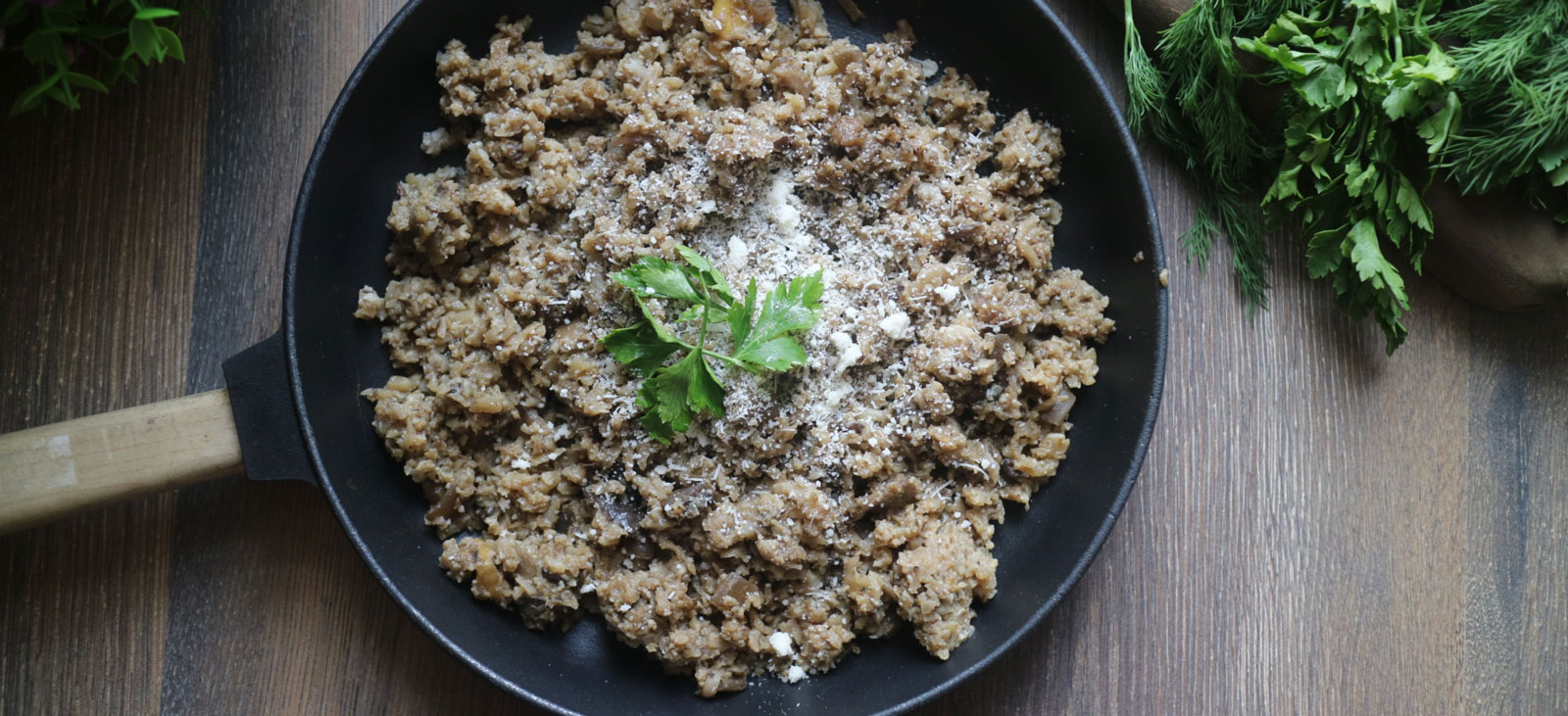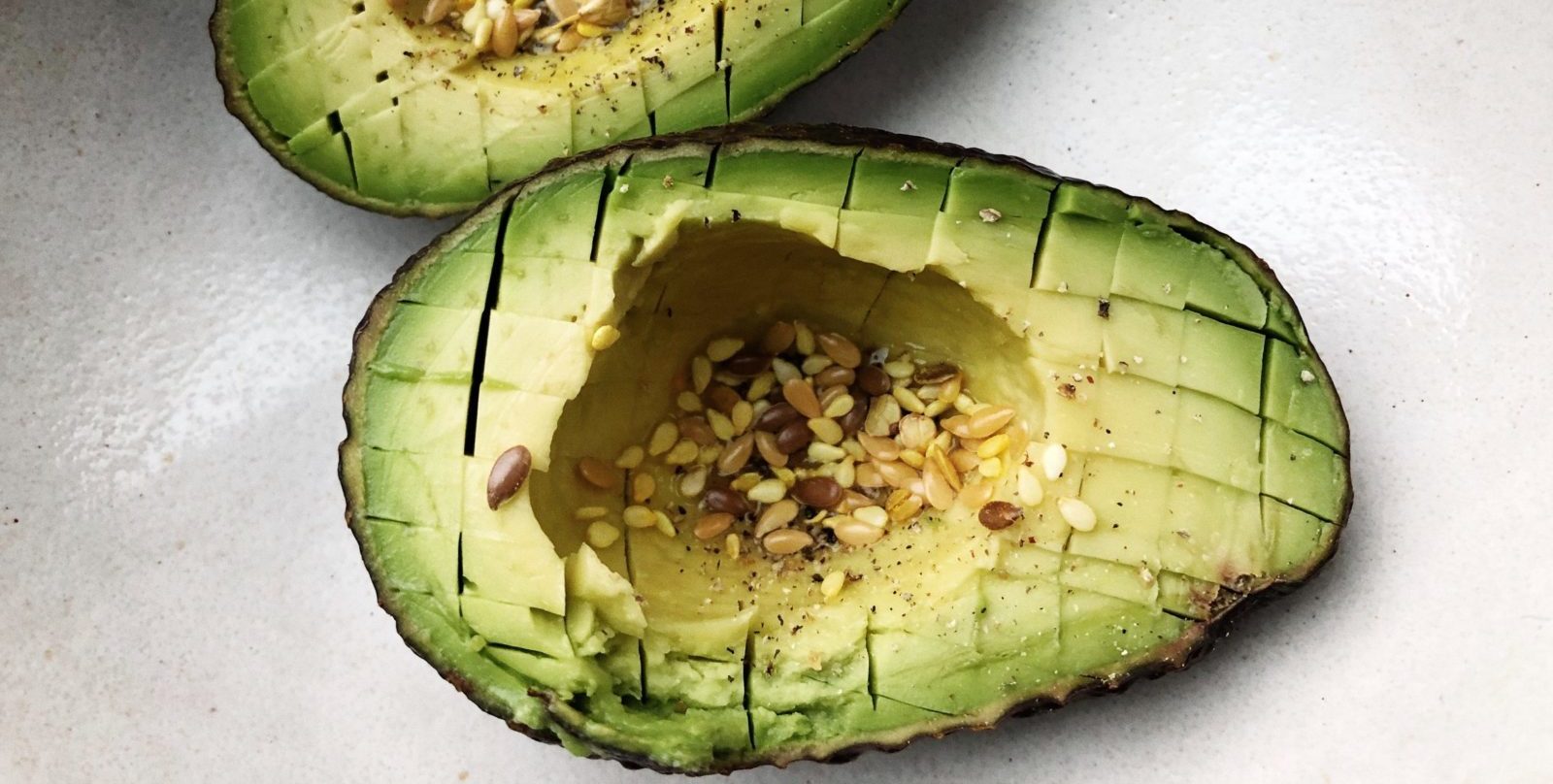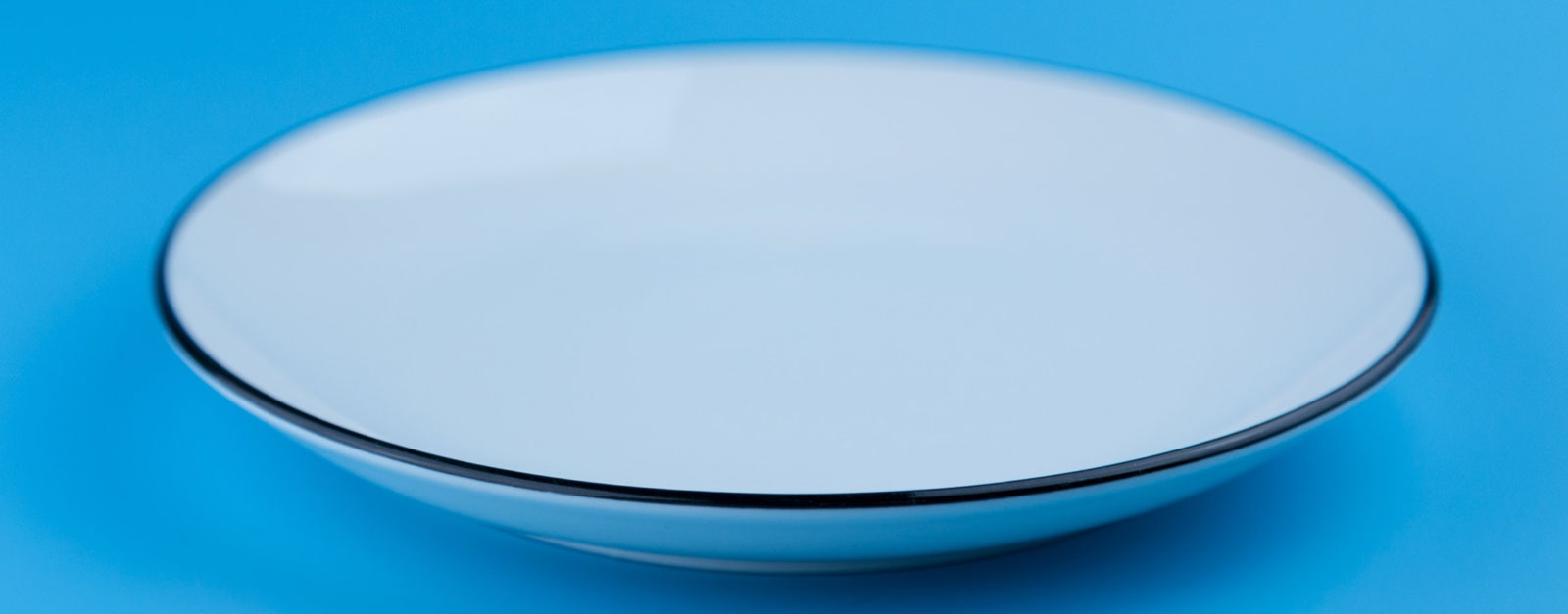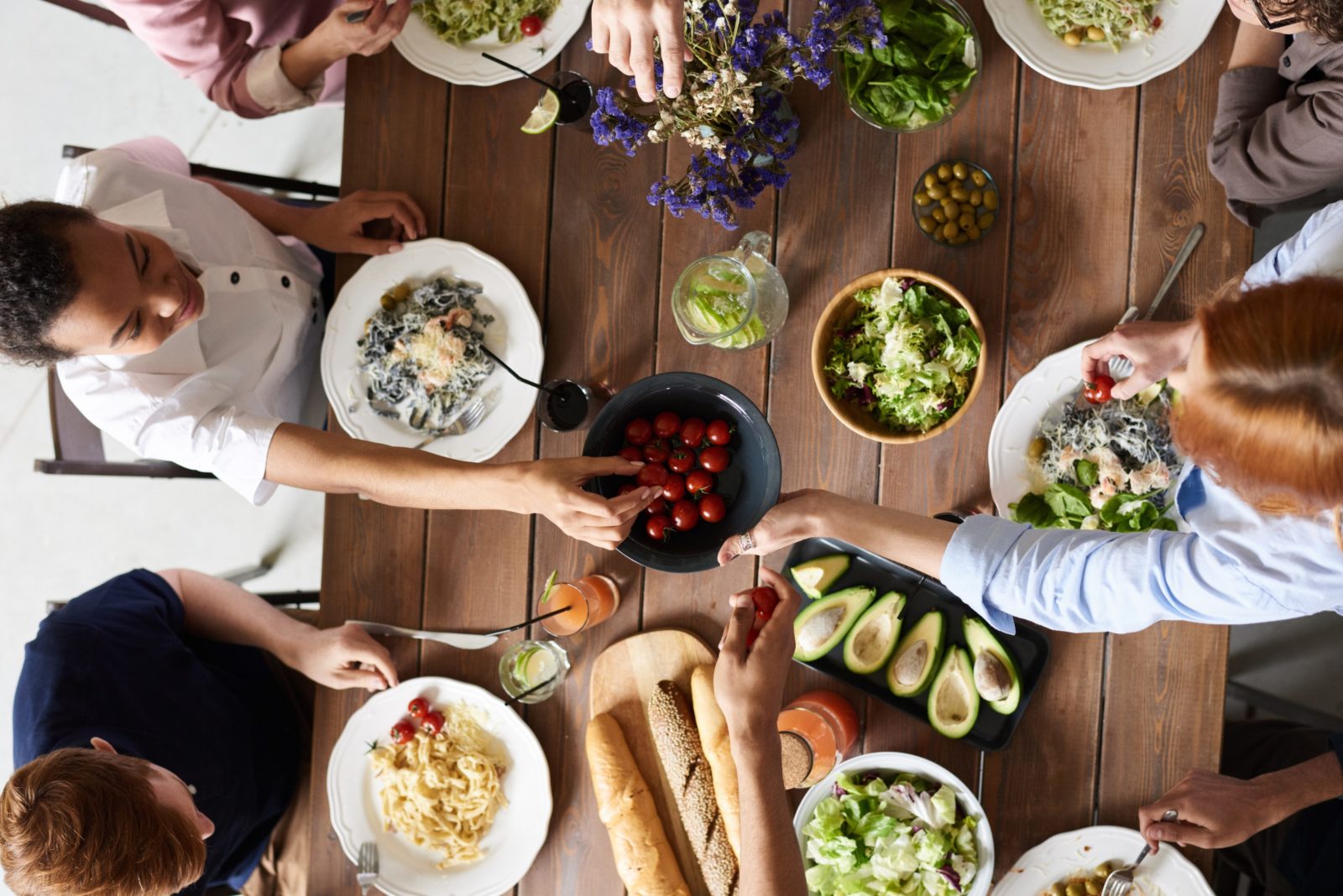The Ketogenic (Keto) Diet essentially eliminates carbs from your diet
What is it?
The Keto diet has become popular in recent years and was developed as a therapeutic tool for patients with refractory epilepsy. The premise of the Keto diet is to put the body into ketosis by almost eliminating carbohydrates from your diet and increasing fat intake to up to 80% of your diet. When in ketosis, your body burns fat for energy, not the glucose it gets from carbohydrates.
When the body doesn’t get enough carbohydrates from your diet, it uses glucose stores from the liver first, then breaks down muscle to release glucose. When you deprive your body of carbohydrates for long enough (around 3 or 4 days), these glucose stores will deplete, insulin levels decrease and the liver produces ketone, which is how you achieve the metabolic state of ketosis.
The Atkins diet is a similar low-carb diet rising to popularity in the 1970s and designed to stop blood sugar levels rising and releasing insulin. Where Keto requires significantly reducing carbohydrates in your diet to keep your body in ketosis, Atkins allows for slowly increasing the level of carbohydrates in your diet as you progress through the four phases of the diet (induction, ongoing weight loss, pre-maintenance and lifetime maintenance).
What are the drawbacks?
Carbohydrates are a macronutrient (meaning a nutrient our body needs in the largest amounts) which breaks down into simple sugars like glucose that your body uses for energy. In a normal diet, this should account for around 45-65% of your diet. Yes, carbs include bread, pasta and donuts, but also incorporates:
- Starchy vegetables like potatoes and corn
- All whole and refined grains and flour products
- Legumes like kidney beans, chickpeas, black beans, pinto beans, white beans
- Fruits (except berries), dried fruits, fruit smoothies and fruit juices
- Anything with added or natural sugars in food and beverages
Unfortunately, by almost eliminating carbohydrates from your diet, you’re cutting out foods that would usually provide micronutrients and fibre, meaning you’ll probably need to supplement your diet with vitamins and laxatives.
Gut health is likely to suffer from this radical change in diet. Hunger, fatigue, low mood, irritability, constipation, headaches and brain fog are some of the common side effects of drastically restricting carbohydrates in your diet.




